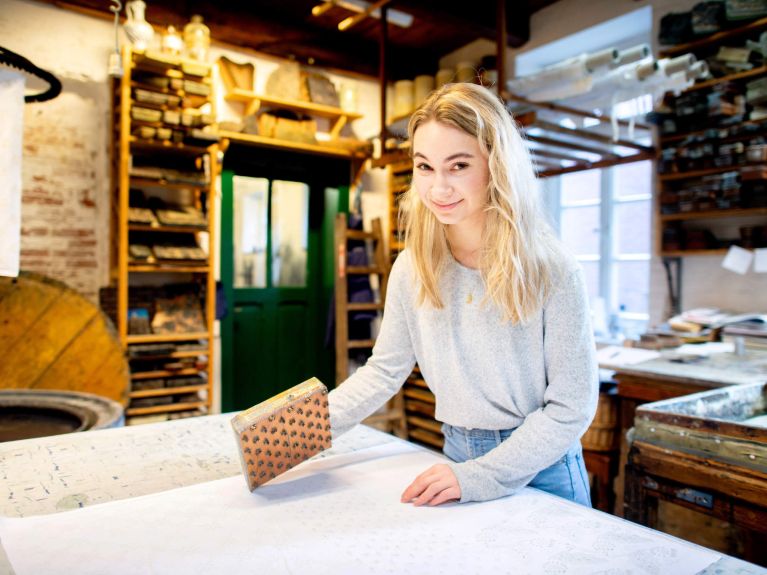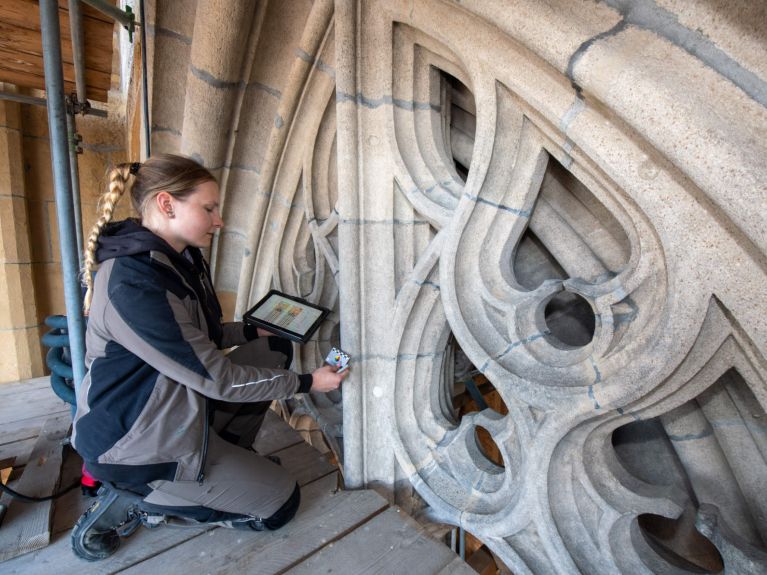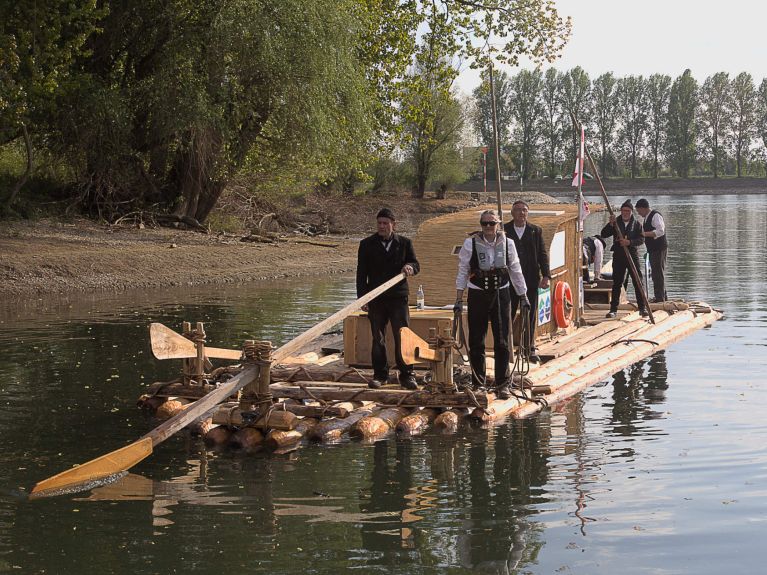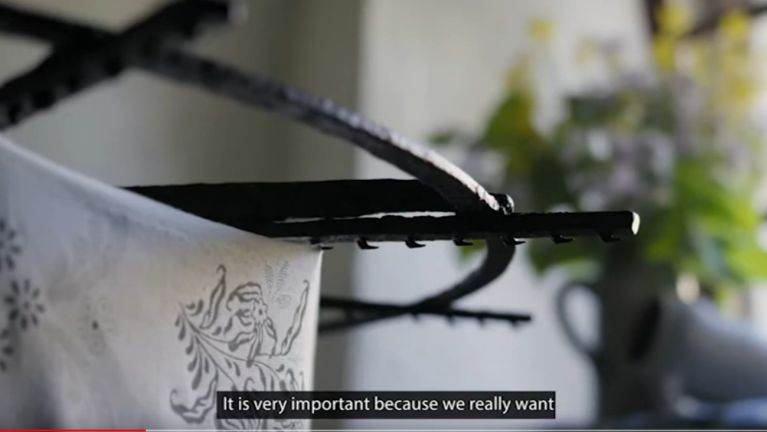Joint cultural heritage
Germany achieved more than half of its entries in international UNESCO lists of intangible cultural heritage together with partner countries.

Germany currently has seven entries in international UNESCO lists of intangible cultural heritage. The country submitted four of them together with partners, most of them in Europe. We present three of these cross-border initiatives.
Indigo dyeing
Dieses YouTube-Video kann in einem neuen Tab abgespielt werden
YouTube öffnenThird party content
We use YouTube to embed content that may collect data about your activity. Please review the details and accept the service to see this content.
Open consent formJust what a lasting impression indigo dyeing has can be seen from the fact that it has enriched the German language with proverbs and sayings – such as: “Du wirst dein blaues Wunder erleben.” This literally translates as “You will experience your blue miracle”, though it actually means getting the shock of your life. The “miracle” refers to the way the fabric changes colour from white to yellow and green to blue during the dyeing process. Germany teamed up with Austria, Slovakia, the Czech Republic and Hungary to get indigo dyeing inscribed on the list of intangible cultural heritage - and was successful: This art of indigo dyeing, which nowadays is only practised by a handful of family businesses in Germany, was inscribed on the list in 2019.
Cathedral workshops

When a fire broke out at Notre-Dame Cathedral in Paris in 2019, German cathedral workshops offered their support with the restoration work. And indeed four of the cathedral’s windows were repaired in Cologne. Europe’s cathedral workshops are well connected with one another. So it is no surprise that they jointly campaigned to have their craft inscribed on the intangible cultural heritage list. Their application, submitted by Germany, France, Norway and Switzerland, was approved in 2020.
Timber rafting

Without the timber brought in from other areas, it would not have been possible to build many of Europe’s cities. The transportation of timber by water is therefore regarded as a symbol of economic history - and of social cohesion: The considerable distances between forested areas and cities meant that rafters often spent weeks together on the water. Germany, Latvia, Austria, Poland, Spain and the Czech Republic likewise joined forces to campaign for timber rafting to be included in the UNESCO list of intangible cultural heritage – and in 2022 this historic craft was inscribed.


